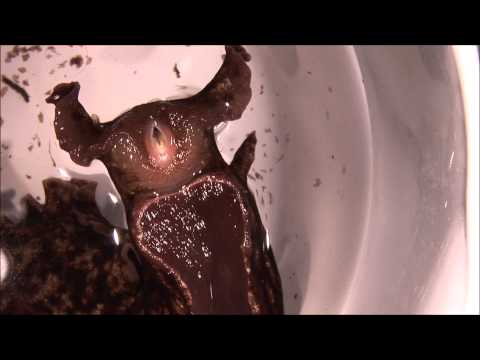Even the most thorough peer-review at the ‘best’ journals not up to snuff?
In: science politicsTalk about egg on face! Nature “the world’s best science” Magazine sets out to publish back-to-back papers on – of all topics – stem cell science. The same field that brought Science Magazine Who-Suk Hwang and Elsevier’s Cell Mitalipov’s ‘errors’. So Nature was warned and, presumably, they got down to business and did the very best they could to prevent Cell‘s and Science‘s mishaps to happen to them. They screened the manuscripts for 9 months, probably requiring some extra experimentation and after this procedure went on to publish the two papers, showing that an unlikely and trivially easy treatment could generate stem cells. And then, perhaps not too surprisingly for people reading this obscure blog, of course the unthinkable happened: barely a week after publication, the first issues were spotted, lanes were spliced in gels, images duplicated. Later, as failures to replicate accumulated, calls for retractions were issued – this time even by one of the papers’ authors who had previously claimed he had reproduced the technique.
What was it that took ‘the internet’ a week that “the world’s best science” magazine could not detect in 9 months? The wisdom of the crowd. There is no evidence to justify the standing of “the world’s leading journals” and the rising tide of post-publication review embarrassing legacy review only corroborates this insight: GlamMagz are undeserving of their status.













Comments are closed.